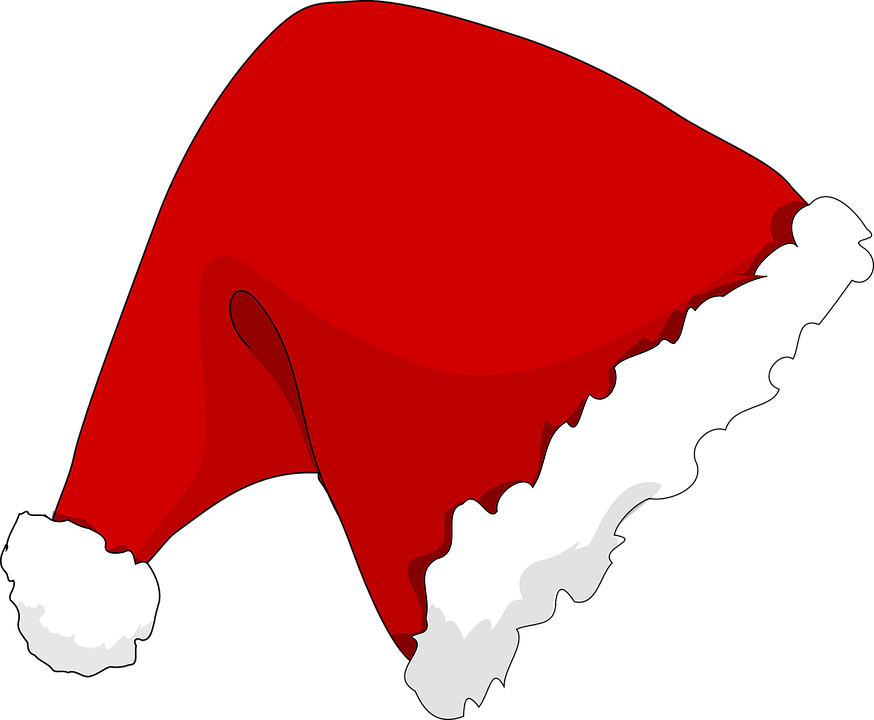Optimization design about end plates of ship rudder based on hydrodynamic numerical simulations
Volume
76
Issue number
4
Article number
76404
Received
7 April 2025
Received in revised form
8 July 2025
Accepted
20 July 2025
Available online
29 July 2025
Authors
Lixun Hou1, *, Ye Han2, Ruizhong Wang1
1 College of Ocean Science and Engineering, Shandong University of Science and Technology, Qingdao 266590, China
2 Tianjin Haoye Technology Co., Ltd, Tianjin 300400, China
Corresponding author email
Abstract
To further improve the hydrodynamic performance of ship rudder systems, the addition of end plates at the upper and lower ends of the rudder blade can effectively suppress transverse flow. This study investigates the influence of such end plates on the hydrodynamic characteristics of a ship rudder, exploring the optimal configuration through comprehensive numerical simulations. Hydrodynamic performance comparisons are conducted between a rudder equipped with end plates and a conventional rudder across various rudder angles. The results indicate that end plates significantly enhance both rudder lift and the lift-to-drag ratio compared to the conventional design, with the magnitude of improvement increasing at larger rudder angles. The beneficial effect of end plates on rudder efficiency becomes particularly pronounced during large-angle manoeuvres. Through systematic optimization based on hydrodynamic simulations, the optimal geometric parameters of the end plates are identified. For the rudder studied in this work, the optimal width, chordwise length before the leading edge and chordwise length after the trailing edge of the end plate are found to be 0.16, 0.03 and 0.05 times the chord length of the rudder, respectively. This research provides a valuable technical foundation for improving the design of ship manoeuvring systems, contributing to more efficient and responsive marine navigation solutions.
Keywords
Rudder, End plate, Hydrodynamic performance, Optimization
